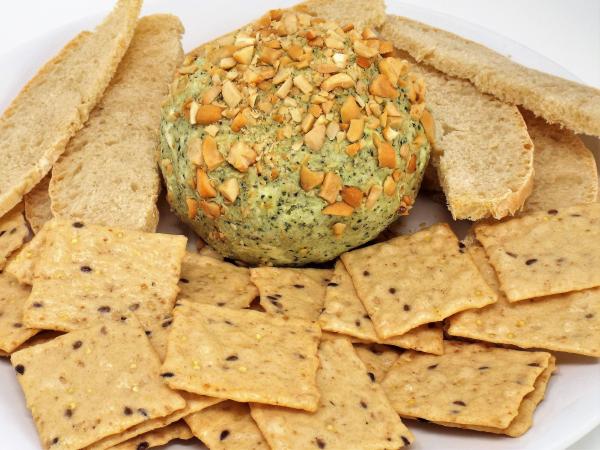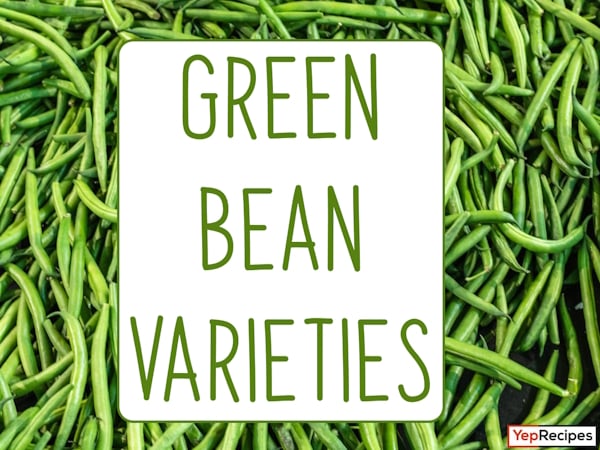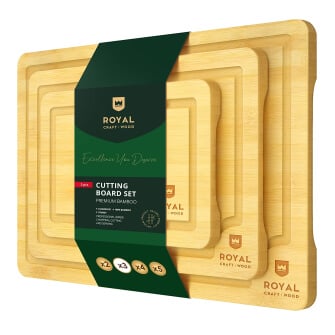Cashews: How They Grow and Their Health Benefits
The journey of cashews from seed to snack and a look at the health benefits of this delicious superfood.

Image by Markus Winkler from Pixabay
Cashews: From seed to snack
Cashews, with their delectable taste and crunchy texture, have become a beloved snack around the world. But have you ever wondered how these delicious nuts are grown?The cashew tree:
Cashews are native to northeastern Brazil but are now cultivated in various tropical regions worldwide. The cashew tree, scientifically known as Anacardium occidentale, is an evergreen tree that can reach up to 12 meters in height. It thrives in areas with a tropical climate and requires well-drained soil and plenty of sunlight.
Propagation:
Cashew trees can be propagated through seeds or grafting. When grown from seeds, the seeds are carefully selected from high-quality cashew trees and soaked in water overnight to enhance germination. Once sprouted, the seedlings are transplanted into pots or directly into the ground.
Growing process:
Cashew trees take around five to seven years to mature and start producing fruits. These trees have a unique characteristic where their apple-like fruit grows at the end of a cashew-shaped swollen stem called a cashew apple or false fruit. The cashew apple is edible, but it is the attached nut (the true fruit) that holds the real treasure.
Flowering and pollination:
During spring, cashew trees burst into a profusion of small, fragrant flowers that attract pollinators such as bees and butterflies. These insects play a crucial role in cross-pollination, transferring pollen from male flowers to female flowers. This process ensures the development of healthy and viable fruits.
Fruit development:
After successful pollination, the cashew apple begins to grow larger while simultaneously producing a single cashew nut. As the fruit matures, it changes color from green to yellow or red, signaling its readiness for harvest. It takes approximately two to three months for the cashew apple to reach full maturity.
Harvesting:
When the cashew apples are ripe, they are carefully handpicked from the trees. Harvesters use long poles with baskets attached to collect the fruits without damaging them. The cashew nuts, encased in a hard shell, are then separated from the cashew apple, which can be consumed or used to make juices and preserves.
Processing:
Once the cashew apples are harvested and the nuts separated, they undergo a series of processing steps. First, the hard outer shell of the cashew nut is removed through a process called shelling. This can be done manually or using mechanical equipment.After shelling, the cashew nuts are typically dried to reduce moisture content and increase shelf life. This can be done by spreading them out in the sun or using specialized drying machines.
Once dried, the cashew nuts may undergo additional processing steps such as roasting or steaming to enhance their flavor and texture. Roasting gives them a rich, nutty taste while steaming helps remove any remaining toxins present in raw cashews.
After processing, the cashew nuts are ready for packaging and distribution. They can be sold as whole nuts or further processed into various forms such as pieces, halves, or even ground into cashew butter.
Cashews: The superfood With impressive health benefits
Cashews are one of the most popular nuts around the world. Not only are they delicious and versatile, but they’re also incredibly nutritious as well.One of the most impressive health benefits of cashews is their high levels of antioxidants. Antioxidants are compounds that help protect our bodies from damage caused by free radicals. Free radicals are byproducts of oxygen that cause disease and degeneration in cells. Cashews offer a rich source of antioxidants, mainly due to their high levels of manganese. Manganese is an essential mineral for the body that plays a role in antioxidant activity and mitochondrial function. Antioxidants have been proven to maintain healthy levels of cholesterol, help protect our bodies from heart disease, and prevent aging processes caused by free radicals.
Cashews also contain high levels of vitamin B2 (riboflavin). Riboflavin helps to metabolize food for energy while also contributing to the production of red blood cells that carry oxygen throughout the body. It also helps maintain healthy skin, hair, and nervous system function.
Cashews also offer significant levels of folate (vitamin B9) among other nutrients such as calcium and iron and their high levels of vitamin E can play an important role in preventing heart disease.
Cashews are also rich in many other nutrients such as: magnesium, zinc, phosphorous, iron, selenium, thiamine, and vitamin k.



















